Summary
The reservoir is home to a wide variety of fish species, including rainbow trout, brown trout, and cutthroat trout. Anglers can also find largemouth bass, bluegill, and crappie in the waters.
There are many nearby activities for visitors to enjoy, including hiking and camping. The reservoir is surrounded by beautiful mountains, making it a great spot for outdoor enthusiasts.
Fishing tips for Reservoir Day Use Fishing Site include using light tackle and small lures for the trout species, and larger lures for the bass. Fly fishing is also a popular technique, particularly for catching trout. Anglers should also be aware of the fishing regulations and obtain the necessary permits before fishing.
The best time of year to visit Reservoir Day Use Fishing Site is during the summer months, when temperatures average around 80°F. This is when the fishing is most active and the weather is most pleasant.
Overall, Reservoir Day Use Fishing Site is a great destination for anglers looking for a variety of fish species and beautiful scenery.
Weather Forecast
Nearby Streamflow Levels
Angling Safety Guidelines
Check local fishing rules, seasons, size limits, and license requirements to ensure legal and sustainable angling.
Handle Fish Responsibly
Use wet hands, minimize air exposure, and release fish gently to improve survival rates when practicing catch-and-release.
Choose the Right Gear
Match your rod, line, and tackle to the species and conditions to increase success and reduce unnecessary harm to fish.
Respect the Waterway
Avoid disturbing habitat, prevent bank erosion, and keep a safe distance from spawning areas to protect ecosystems.
Keep It Clean
Pack out all line, hooks, bait containers, and trash—discarded gear can injure wildlife and degrade waterways.
Related Links
Area Campgrounds
| Location | Reservations | Toilets |
|---|---|---|
 Reservoir
Reservoir
|
||
 Reservoir Campground
Reservoir Campground
|
||
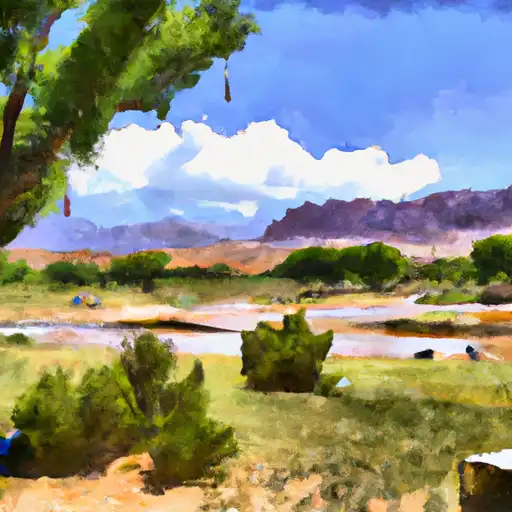 Swift Creek
Swift Creek
|
||
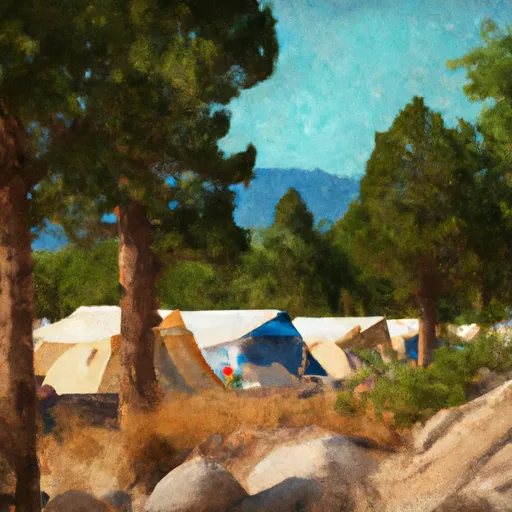 Yellowstone Campground
Yellowstone Campground
|
||
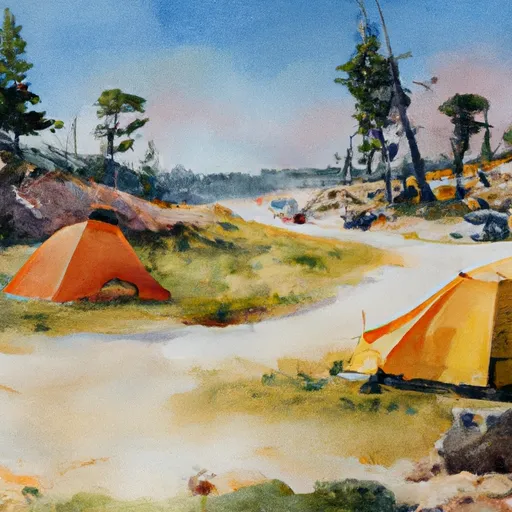 Yellowstone
Yellowstone
|
||
 Yellowstone Group Campground
Yellowstone Group Campground
|

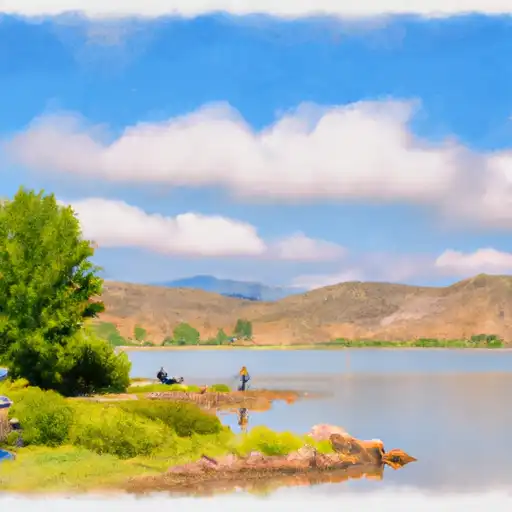 Carrol Lake
Carrol Lake
 Lake Atwood
Lake Atwood

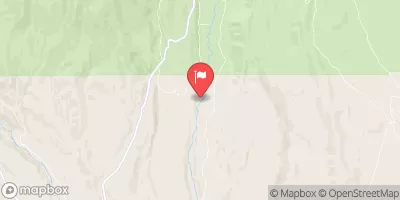




 Yellowstone Power Diversion
Yellowstone Power Diversion